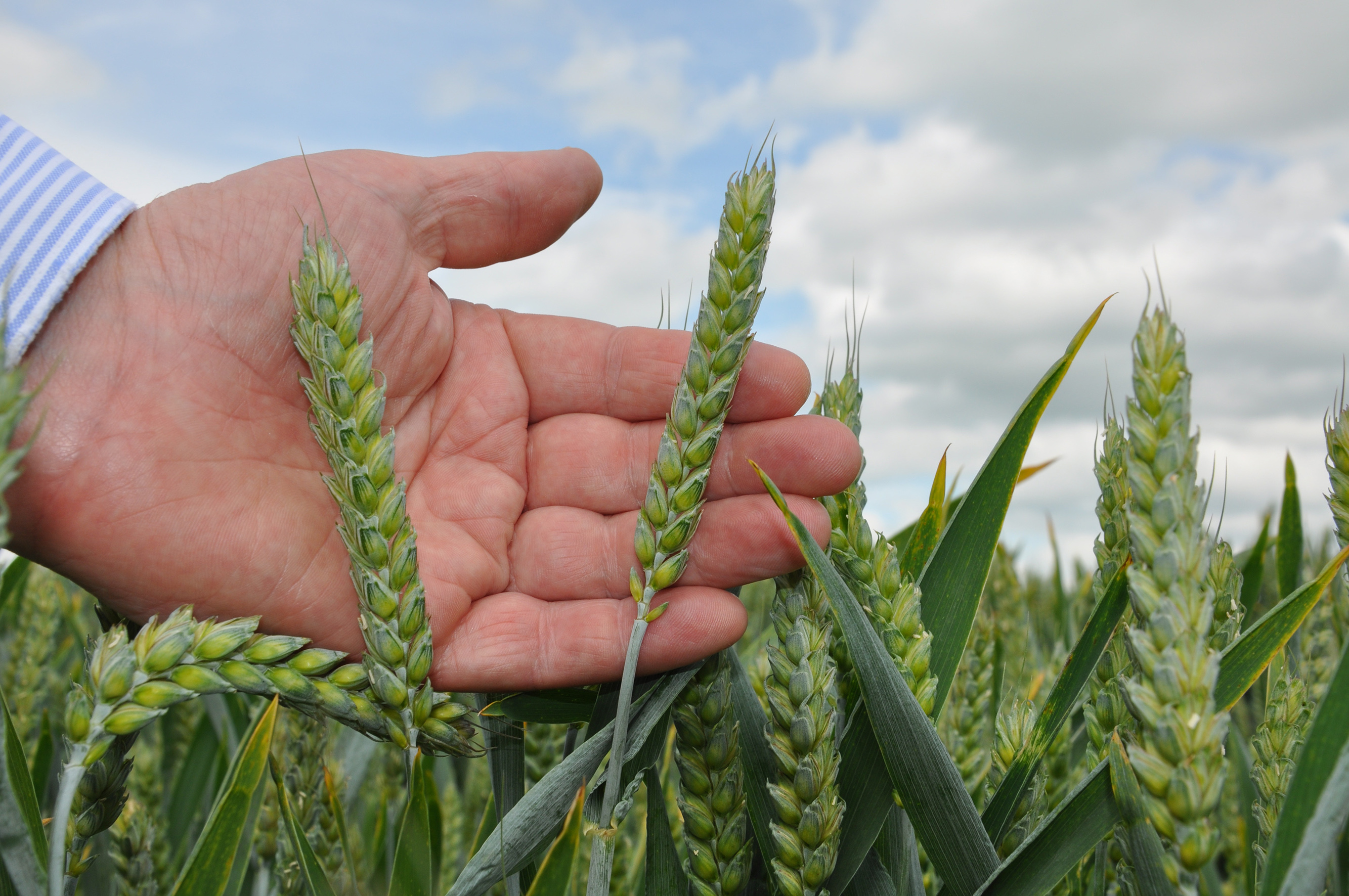Fermented wholecrop can be lifeline if facing tight grass silage stock
19 June 2020
Harvesting an area of cereal crop for fermented wholecrop silage could provide a lifeline for keeping cattle fed this winter in areas where spring drought has left grass silage clamps depleted, says Volac livestock specialist, Ken Stroud.

Although there are still opportunities to boost flagging clamps with further grass silage cuts, grass has typically done the majority of its growing by the time we get through June, says Mr Stroud.
Assessing grass silage stocks in mid-summer therefore fits perfectly with deciding whether to harvest some cereals for wholecrop, he adds.
“As well as maximising the yield and quality from remaining grass cuts, making some wholecrop could be an excellent top-up for livestock farmers facing grass shortfalls this season,” says Mr Stroud.
Wholecrop winter wheat can yield 12-15 tonnes of dry matter (DM) per hectare – which is more than three cuts of grass in a dry season. Spring barley is another option for wholecrop. Although it is likely to be lower-yielding, a lot of it has been planted this year. If you aren’t growing cereals, maybe look into buying a standing crop.
Effective preservation of wholecrop
As with any silage, achieving maximum feed value from wholecrop demands effective preservation, says Mr Stroud. Many farmers preserve it by fermentation, he says, because this is a low cost and straightforward method.
“Although fermented wholecrop can be made at crop dry matters ranging from 30-60%, cutting at 45-50% DM gives a good balance between providing moisture and sugars for fermentation and a good starch content in the cereal grain,” says Mr Stroud. “Starch content can be as high as 35%.
_original.jpg?1562159907)
Typically, this 45-50% DM level occurs as grain moves from the soft to hard ‘cheese’ stage but with no ‘milk’ detectable. Be careful not to overshoot this. Harvesting at higher dry matters will increase yield and starch content but reduce digestibility, and once cereal DM reaches 45% it can increase rapidly during hot weather by 2% a day
For the best preservation, Mr Stroud says as well as taking steps to aid the fermentation, it is vital to remember that, as a fairly dry and fibrous forage, wholecrop is highly prone to losses from heating. This is caused by yeast and mould growth, which is triggered by the presence of air.
Good consolidation to remove air from clamps is therefore imperative, he says. Rather than filling clamps in six inch layers before rolling, as typically recommended for grass silage, he advises just four inch layers to aid consolidation. The additive used also needs to inhibit yeast and mould growth as well as targeting improved fermentation, he stresses.
Ecocool, for example, contains two strains of beneficial bacteria designed to tackle both of these issues. Treating isn’t expensive compared with a clamp of good silage,” he adds.
“Prior to sealing the clamp, another tip is to put a layer of at least a grab depth of fresh grass on top of the wholecrop and consolidate this too. This will add extra weight and an extra barrier against air to help keep the top of the clamp cool.
“Using the correct chop length is also important when harvesting wholecrop. Consider a chop length of around 2 cms to both aid consolidation and provide effective fibre in the diet for optimum rumen functioning,” Mr Stroud concludes.
Find out more about the benefits of using Ecocool or explore the range of Volac silage additives today.